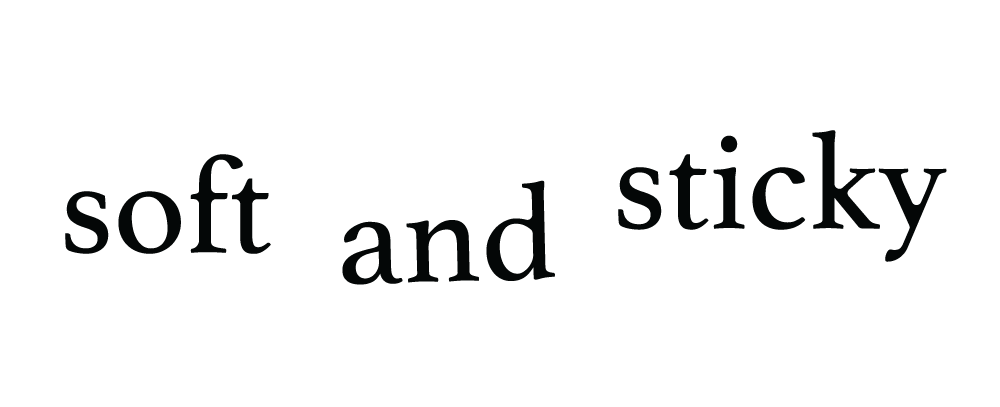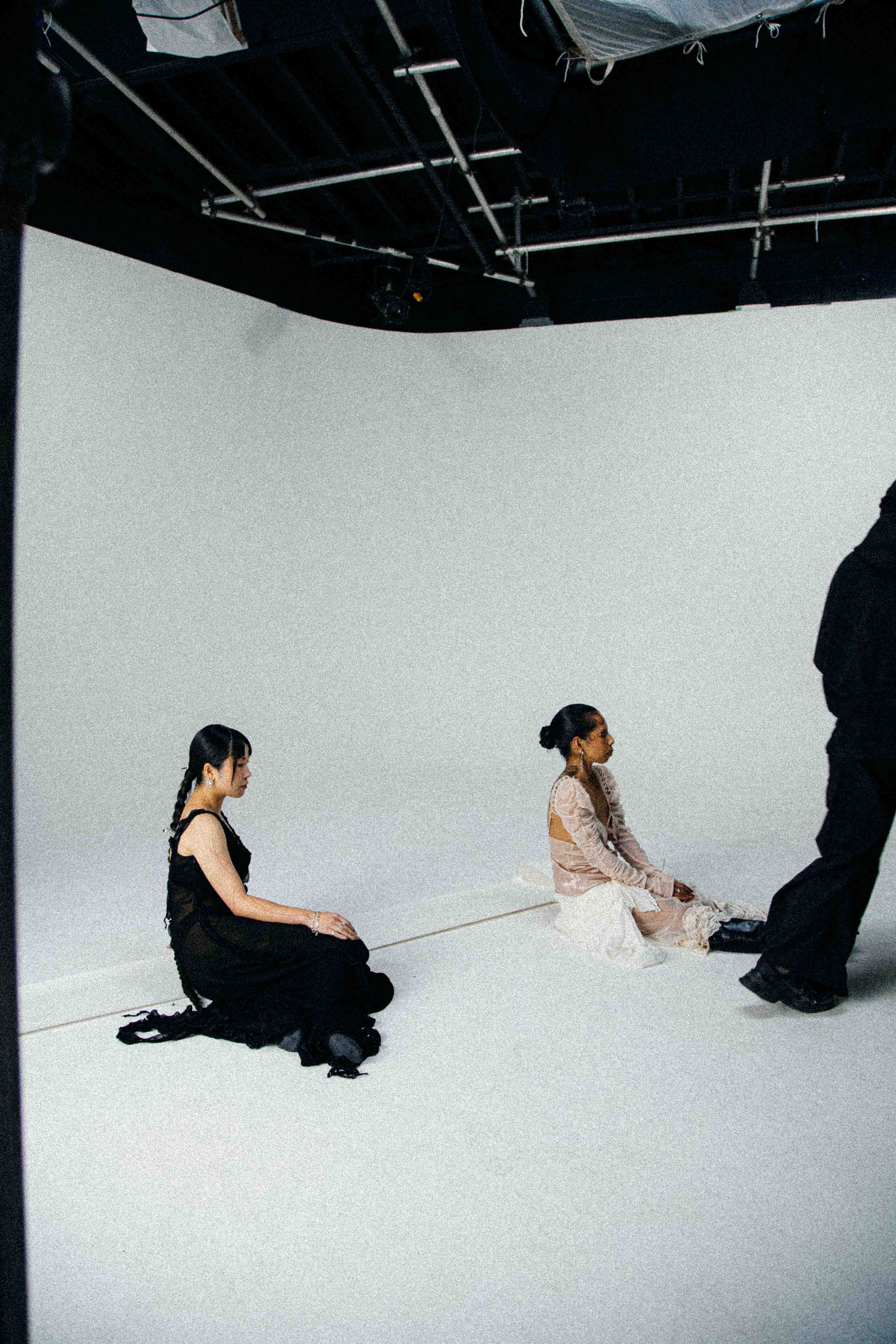Twin Stars is an art film about 'Kiki' and 'Lala' who are two different people that come together to fold a gigantic origami paper star. This conversation and debrief with the director Jimmy Vi explores the delicate balance between creating art alone and when to collaborate.
As a film director, you work within teams small and big, depending on the scope of the project. Your past commercial work has been with Nike, Footlocker, Sony, and Zeiss, with editorial and music with independent artists.
This wasn’t something I realized before, but film is one of the most collaborative mediums. It takes people who are so different and specialized in what they do to produce a successful film.
Jimmy – It takes a lot for a film to be made. I think film is a medium that just involves so many different aspects. You need a stylist for the wardrobe, production designer for the set design, cinematographers, lighting teams, camera teams the list goes on. It truly takes a village to make a film.

Angie – I often hear you say “this is a two person job!”. Admittedly, depending on my mood, this phrase has annoyed me when it interrupts my focus and my train of doing.
Jimmy – A lot of it has to do with me constantly being put in team situations in film. Sure you can do it alone, but I’ve kind of adopted the mentality of it’s easier if we do it together! If there’s someone there with you, why not do it together if it makes it easier?
When it comes to learning, I think a group effort is faster. You can learn from each other's findings instead of having to go through them yourself. The key to that is being aware of what’s happening around you and listening and watching with the intent of learning.
However, I do think it is valuable to work alone too. As it can teach you independence. That’s especially true for art and anything creative. In a sense, when I’m writing an initial concept, that’s probably the most lonely process. I go through and process my own feelings and translate that feeling into meaning through my concepts. I’m wondering “What is this feeling”? as I think about my experiences.
What does it feel like when I finish something? Why is it that I feel like this? I translated those thoughts into the concept of our film about Kiki and Lala folding a gigantic origami paper star.


Angie – When I think back on the days before the twin stars shoot, we mocked up several gigantic paper stars. We luckily have quite a few art supply stores in the vicinity of a 15 minute walk from us, so we dropped by each one to look at rolls of paper. What color should our star be? We’d chosen a 30” wide roll of newsprint at first, because it had been reminiscent in color and texture of Soft and Sticky’s packaging.
When we arrived at my studio, we began rolling out the newsprint on the floor. We didn’t have a lot of space. Our knees and ankles cracked like the water damaged hardwood floors in this old building we were in. I couldn’t help but think this must come with time and age.
Making a big origami paper star. Who knew it could be so hard?
It seemed like at first we could make it blindfolded. After all, at least for me, I've made so many as a child growing up that I thought it would be burned into my cerebral cortex with muscle memory.
Turns out, when things are bigger, they become more difficult to manage. The newsprint was far too thin, the paper was crinkling and we had trouble puffing up the star. We ended up in a few small verbal altercations and several deep sighs in the process but we made it work.

Jimmy – I really thought that it was going to be just as easy to fold this gigantic paper star. Especially since we’ve trained for this our entire lives. We definitely sighed a lot as we struggled to fold it. Imagine you had to fold that all by yourself. How hard it would have been. Who would hold the paper down as you try to fold the other end and wiggle it straight?
It’s kind of funny though isn’t it? How challenging it was for us to fold this star is kind of the reason why there’s two characters, Kiki and Lala who in the film are folding it together. It’s only because Kiki and Lala are together that they manage to fold the star so elegantly.
Angie – This narrative between Kiki and Lala is about that collective spirit they share.
I think my perspective on “the right person” has changed. I used to think that if we could not agree, then it could not be right. But it’s not about perfect agreement.
It’s like going on a cross country road trip. There’s a driver and a navigator. Someone’s bound to give the wrong directions or make the wrong turn. There are also so many ways to get there. Are you going local, taking the highway, or off roading?
Good collaborations are about maintaining a kind of assurance and care with everyone in the car. Sometimes it seems telepathic. But it’s just about honesty, understanding and trust.
Do you perceive yourself more as a driver or a navigator?
Jimmy – I’m definitely more of a navigator. I really like knowing where I’m going. That’s how films are made, because the scale of them is so large that you have to know what you’re doing, when, and how. Your team has to be able to follow your lead so that you aren't wasting time figuring it out. A medium like film means that time is expensive.
I had a friend early in my career, a director of photography named Diego Guijarro. He and I share analog film enthusiasm. You only ever have so much film to shoot through, and truly each minute is hundreds of dollars. You only have so many takes. There are no second chances.
So you have to be prepared. Planning our production design, blocking the talent, choreographing how the camera and lights are moving in the space, every possible detail. We prepare as much as we can in pre-production so that we know the plan on set. Trust in film comes through showing the thought and preparation you put into each detail.
But sometimes when you’re on set you see something that wasn’t planned. I like leaving a part of it open to spontaneity. Sometimes every cell in your body is telling you that what you’re seeing is something special. I think a lot about being a great director is allowing yourself to recognize this feeling and acting on it and capturing it. There is honesty and sincerity in the unexpected and that’s what truly makes it beautiful.

Angie – To have people around you who care as much as you do closes the disconnect with anything you do. Care can’t be forced. You do or you don’t want to. It’s always telling.
Jimmy – Filmmaking and art is intimate so it really matters. You truly do have to care about it equally. If you don’t care equally, how will you be willing to settle the differences? How will you make it work when you encounter challenges? Sure, you might make it to an end goal. But the relationship can be tarnished. Or you might feel resentment. Which isn’t the best outcome.
Angie – Returning to Twin Stars, I can confidently say every single person who contributed put their care into how well this art film turned out. From our producer, cinematographer, hair, makeup, models, editor, composer, and colorist. I think you brought on people who executed well what we envisioned.
Jimmy – It was a lot of fun and I’m happy to see how brightly we shined together making this.
★★ for life!
Watch 'Twin Stars' | Shop 'Twin Stars' Collection
Credits
Director - @jimmyvi
Producer - @oshiokhai_e
Cinematographer - @mattaitia
Gaffer - @crownedblessed1
MUA - @irenebrottomakeup
Models - @anna__na__na @157.90
Hair - @hairbyrakiya / @rakiya_
Stylist - @briannafunkclements
PA - @dapperdan6ix
Colourist - @_patricksamaniego @darling_vfx
Editor - @chrisreybasalo
Score - @domdias
Sound Design - @frustaglioj @ta2soundandmusic


